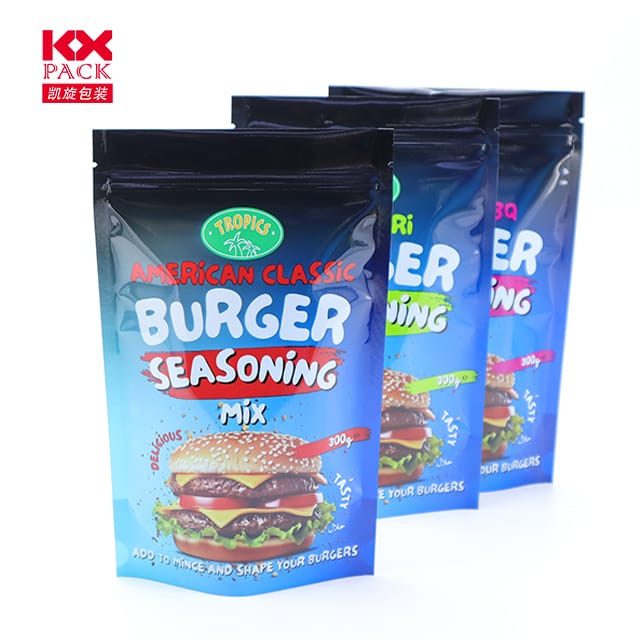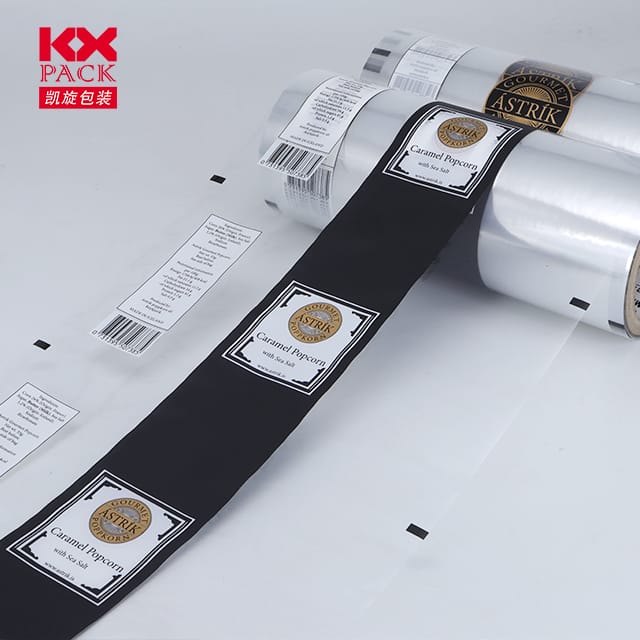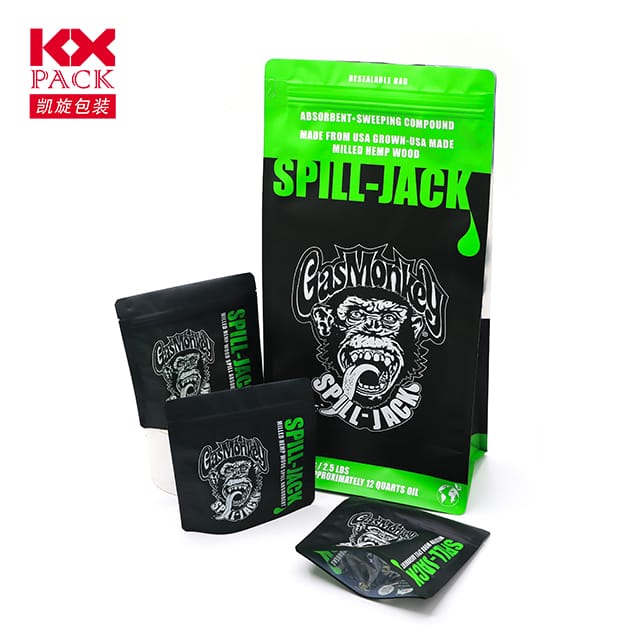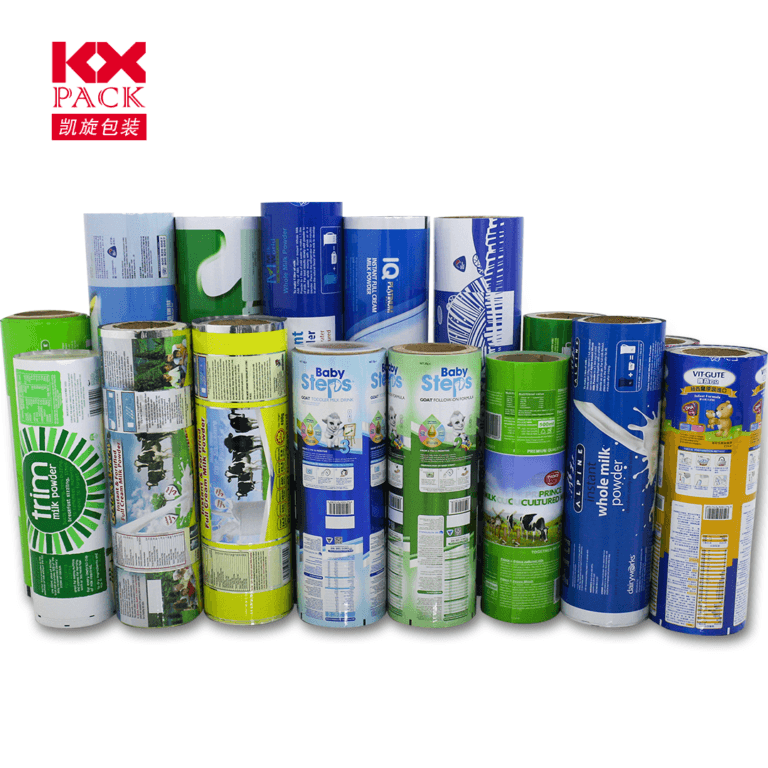Roli dhe e ardhmja e filmit të paketimit plastik: Balancimi i shërbimeve dhe qëndrueshmërisë (2
Film me paketim plastik
Hyrje
In a world where convenience and preservation are paramount, film me paketim plastik has become an ubiquitous presence. Nga prodhimet e freskëta në elektronikë, Ky material i gjithanshëm mbron mallrat, Zgjat jetëgjatësinë, dhe linjat e furnizimit me zinxhirë të furnizimit. Akoma, Ndikimi i tij në mjedis ka ngjallur debate globale. Ky artikull eksploron rolin e shumëanshëm të filmit të paketimit plastik, Aplikimet e saj, sfida, and the path toward sustainability.
1. The Versatility of Plastic Packaging Film
Plastic films are engineered for diverse purposes, Falë përshtatshmërisë së tyre:
- Types of Films:
- PE (Polietilen): Fleksibël, i lehtë, and ideal for food packaging.
- PP (Polipropilen): Heat-resistant, used for microwave-safe containers.
- PVC (Polivinil klorur): Durable and shrink-wrap capable.
- PET (Poliestër): Strong and transparent, often used for beverages and electronics.
- Filma të biodegradueshëm: Made from PLA, Pha, or starch-based materials.
- Aplikime:
- Ruajtje ushqimore: Seals freshness, prevents contamination.
- Medical Supplies: Sterile packaging for surgical tools.
- E-commerce: Protective wraps for fragile items during shipping.
- Bujqësi: Mulch films to enhance crop growth.
2. The Double-Edged Sword: Benefits vs. Shqetësimet mjedisore
Pro:
- Me kosto efektive: Affordable production and lightweight transportation.
- Mbrojtje me pengesë: Blocks moisture, oksigjen, and UV light.
- Shkathtësi: Adaptable to various shapes, sizes, and products.
Të këqijat:
- Pollution: Contributes to landfills and ocean plastic waste.
- Jo-biodegradabiliteti: Traditional plastics take centuries to decompose.
- Microplastics: Break down into tiny particles, entering ecosystems and food chains.
3. Innovations in Sustainable Packaging
The industry is responding to environmental pressures with cutting-edge solutions:
- Biodegradable Alternatives:
- PLA (Acid polylaktik): Derived from corn starch or sugarcane.
- Pha (Polihidroksialkanoates): Naturally produced by microbes.
- Seaweed-Based Films: Edible and compostable.
- Modele të ekonomisë rrethore:
- Riciklim kimik: Breaking down plastics into raw materials.
- Recycling Technologies: Advanced sorting systems to improve recovery rates.
- Design Innovations:
- Monomaterial Films: Easier to recycle (P.sh., 100% PE).
- Minimalist Packaging: Reducing material use without compromising protection.
4. The Role of Stakeholders
Transitioning to sustainable practices requires collaboration:
- Marka: Invest in eco-friendly materials and transparent labeling.
- Konsumatorë: Choose reusable options and support brands prioritizing sustainability.
- Governments: Enforce extended producer responsibility (EPR) laws and ban single-use plastics.
- Innovators: Develop scalable, cost-effective alternatives to conventional plastics.
5. Looking Ahead: A Future Without Waste
The journey toward sustainable plastic packaging is underway, but challenges remain. Key priorities include:
- Infrastructure Development: Expanding recycling facilities globally.
- Education: Raising awareness about proper disposal and reduction.
- Policy Advocacy: Incentivizing green technologies and penalizing pollution.
konkluzioni
Plastic packaging film is a cornerstone of modern logistics, but its environmental toll demands urgent action. By embracing biodegradable materials, circular systems, and collaborative innovation, we can protect both products and the planet. The future of packaging lies not in eradication, but in responsible evolution—where utility and sustainability coexist.
💡Mendimi i fundit: Every choice matters. The next time you unwrap a product, consider the story behind its packaging. Let’s strive for a world where plastic film is a tool for good, not a burden on Earth.






